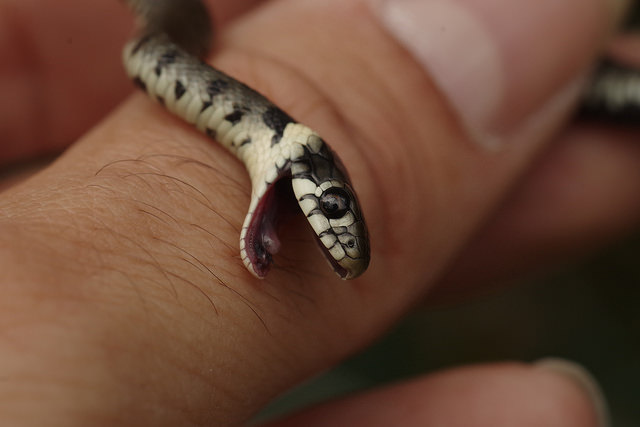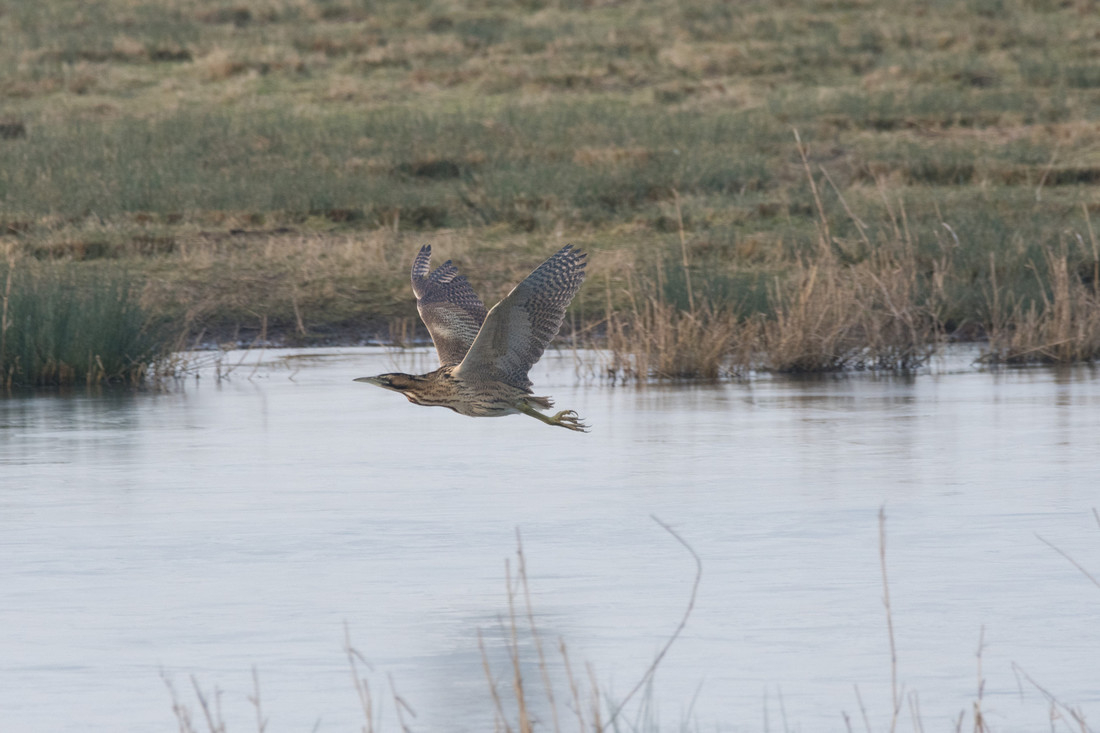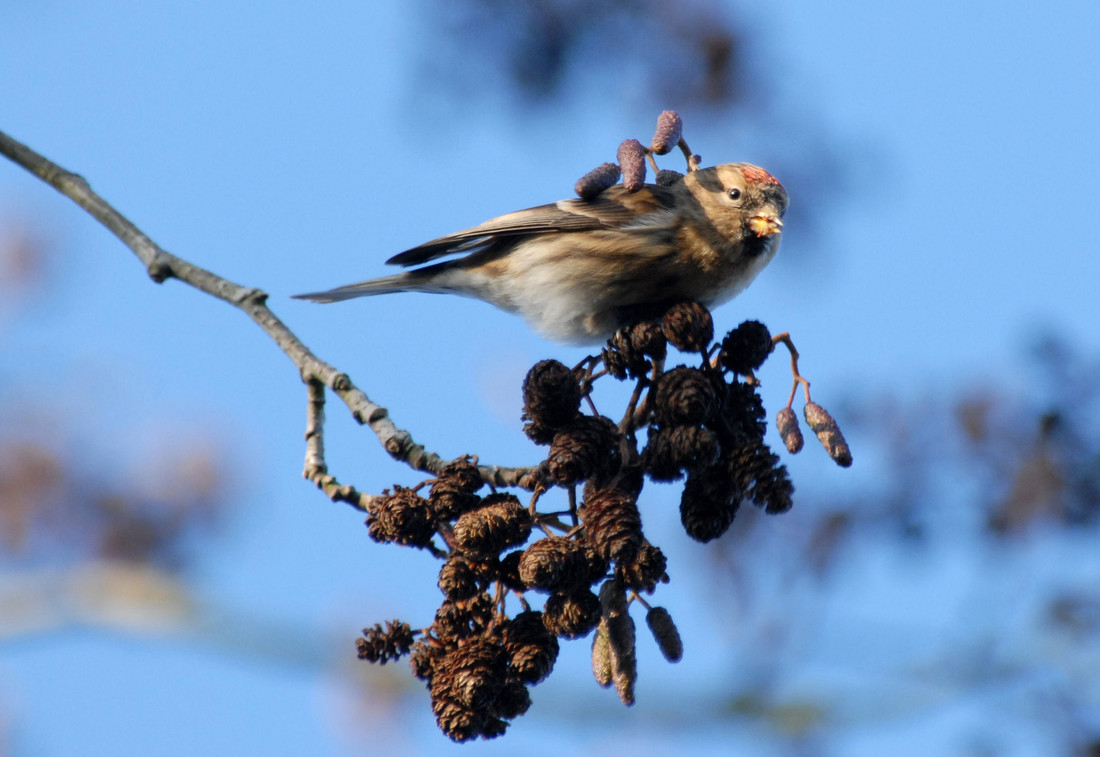Mediterranean Gulls circling the main lake
2 Mediterranean Gull circling the main lake before drifting off West.
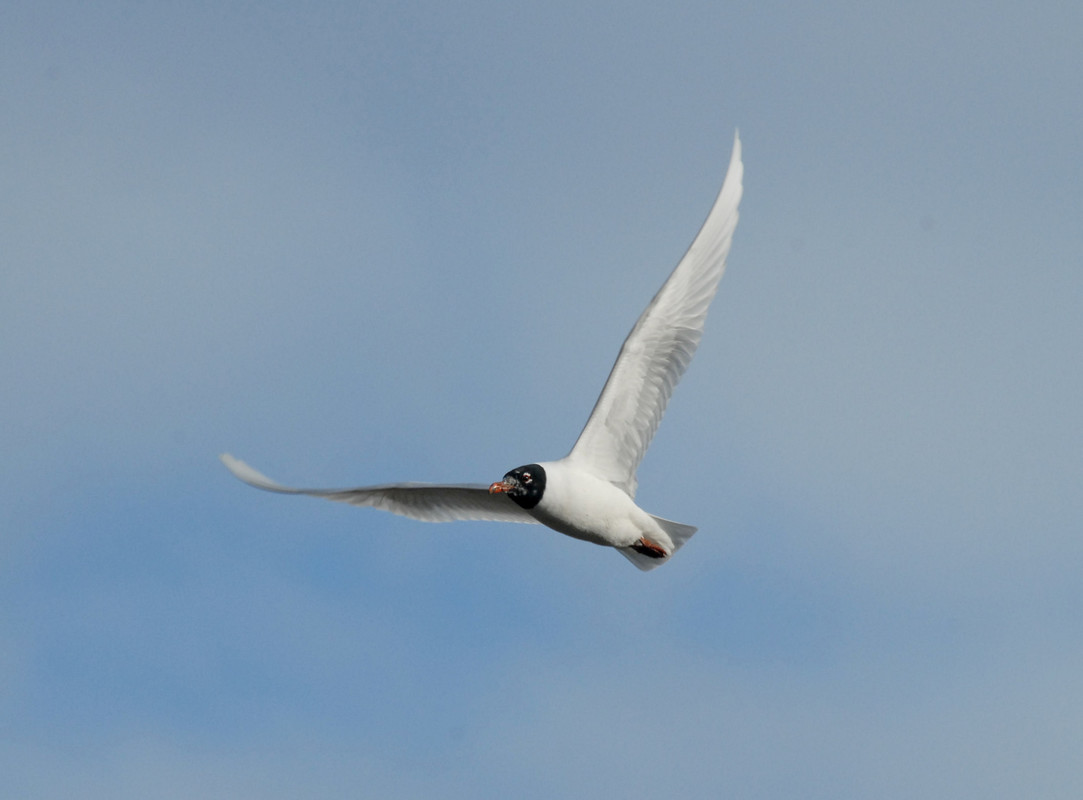
2 Mediterranean Gull - circled the main lake at 08:00 then drifted off West
1 Little Egret - grazing marsh
1 Hobby - sheltered lagoon
2 Little Ringed Plover - wader scrape
1 Redshank - grazing marsh
30 Swift - main lake, South route
May bird highlights: Shelduck, Garganey, Turnstone, Snipe, Jack Snipe, Greenshank, Wood Sandpiper, Dunlin, Black-Tailed Godwit, Curlew, Oystercatcher, Green Sandpiper, Common Sandpiper, Ringed Plover, Peregrine, Kestrel, Buzzard, Red Kite, Hobby, Common Tern, Iceland Gull, Mediterranean Gull, Wheatear, Spotted Flycatcher (see below), Yellow Wagtail, Nightingale.
Spring migrant passerines recorded so far include Chiffchaff, Blackcap, Reed Warbler, Sedge Warbler, Sand Martin, Swallow, Swift, Yellow Wagtail, House Martin, Skylark, Willow Warbler, Garden Warbler, Lesser Whitethroat, Whitethroat and Wheatear.
Migrant waders can best be found on the muddy marsh or the wader scrape. Lapwing, Little Ringed Plover and Redshank are breeding in both these habitats. Sand Martins have occupied 95% of nest chambers occupied by end of May. There's warber species to be found in the scrubby areas of the reserve, Chiffchaffs are singing from the woodlands, and there are dozens of Reed Warbler singing from all the reedbed areas. Look for Hobby hunting Dragonflies and Sand Martins.
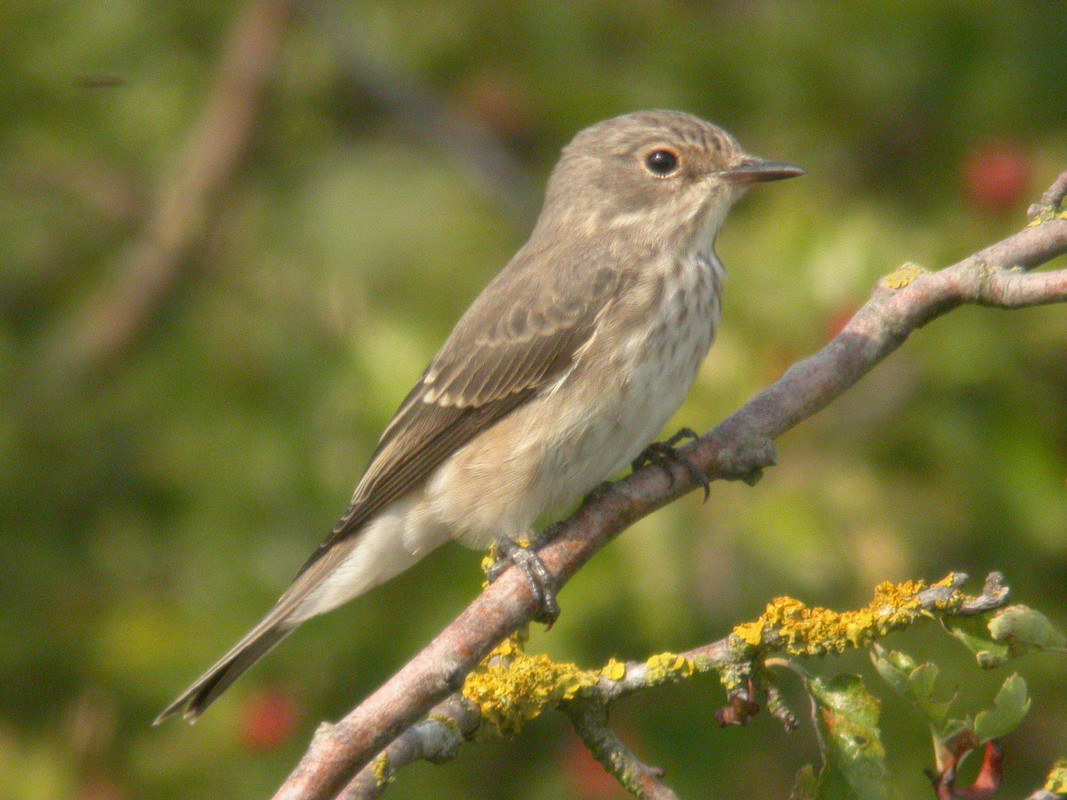
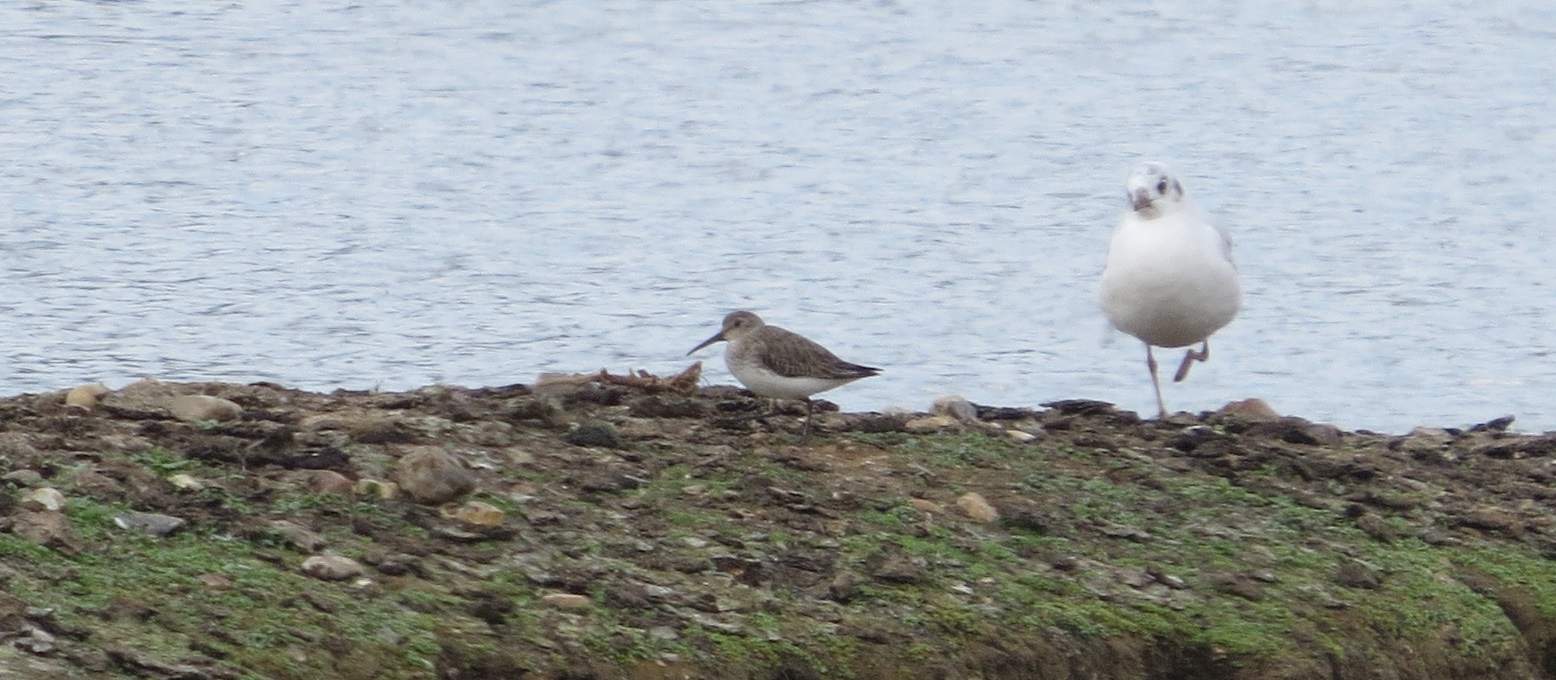
Invertebrates: (mid-May) Rose Chafer, Honey Bee, Buff-tailed Bumblebee, Yellow-legged Mining Bee, White-tailed Bumblebee, Grey Patch Mining Bee, Tree Bumblebee, Red-tailed Bumblebee, Cuckoo Bee sp., Brimstone, Comma, Speckled Wood, Peacock, Orange Tip, Small White, Large White, Holly Blue, Red Admiral, Green Hairstreak, Common Blue, Red Willow Leaf Beetle, Birch Catkin Bug, Leather Bug sp., Parent Bug, Robber Fly sp.,Umbellifer Longhorn Beetle, Click Beetle, Red-headed Cardinal Beetle, St.Mark's Fly, Plum Longhorn Beetle, Common Zebra Spider, Hairy Dragonfly (see below), Azure Damselfly, Common Blue Damselfly, Blue-tailed Damselfy, Broad-bodied Chaser, Large Red Damselfly.
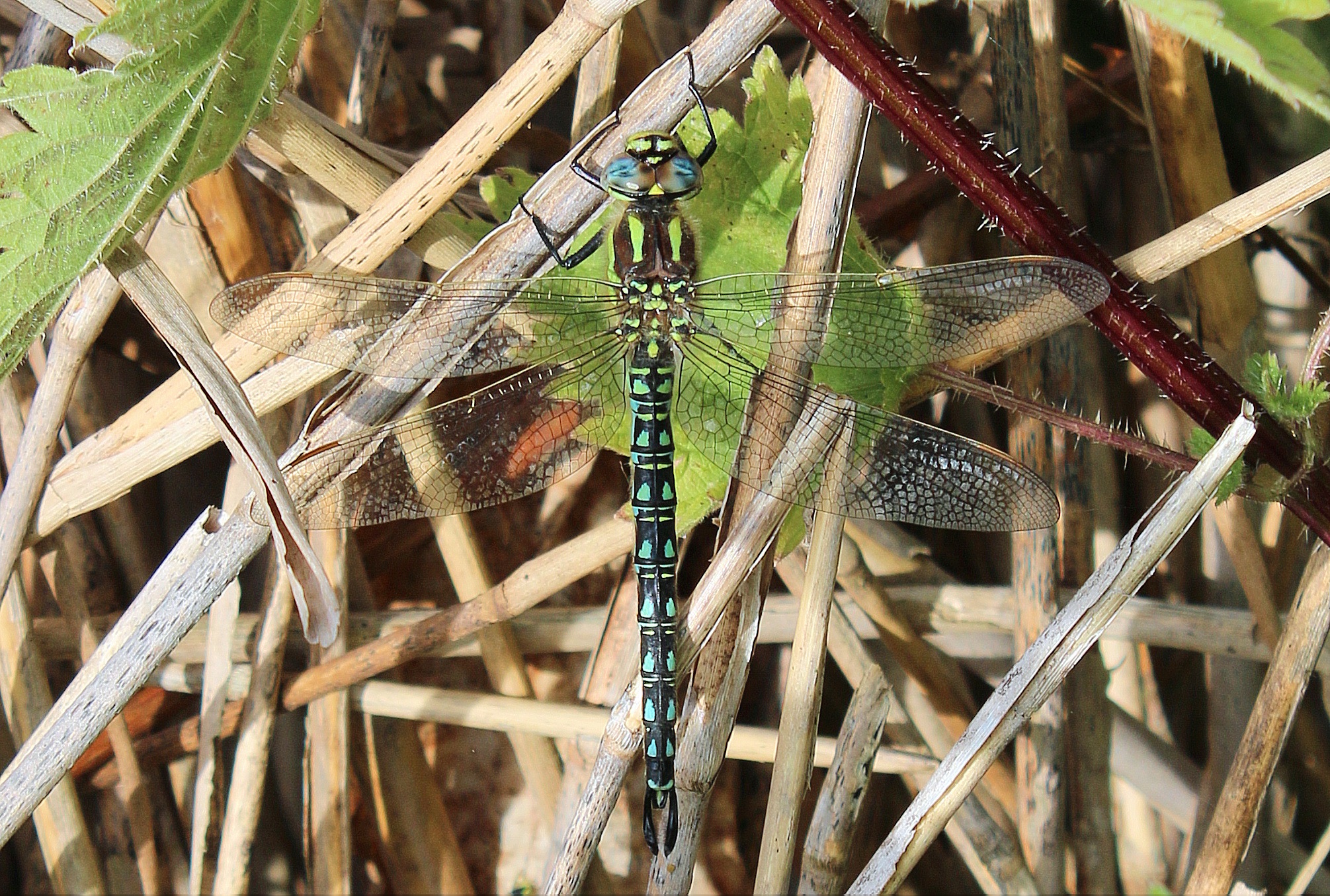
Water voles: sighting 2nd May - 2 Water Vole feeding in sedge along the south route (opposite the Dulverton Hide).
Flowering plants: Southern Marsh Orchid, Daisy, Lesser Celandine, Cuckoo-flower, Wood Anemone, Cut-leaf Cranesbill, Marsh Marigold, Yellow Iris, Cow Parsley, Ragged Robin, Dandelion, Common Hawkweed, Nipplewort, Creeping Buttercup, Common Mallow, Salad Burnet, Ox-eye Daisy, Poppy, Bird's-foot Trefoil, White Water-lily, Herb Robert, Bramble.
Reptiles: Common Lizards (juvenile), Slow Worms (78 juveniles, 13 females, 17 males), 1 Grass Snake (juvenile - see below) - 18th May survey.
